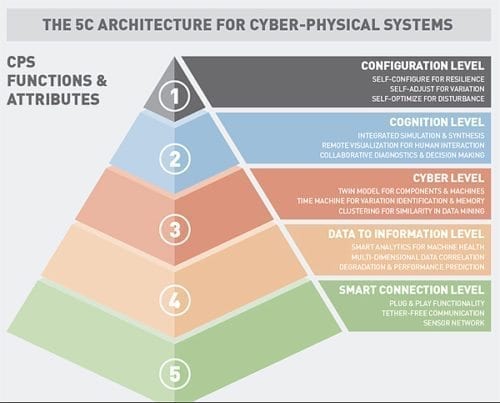The growing demand for technology in industry 4.0 has come with great timing, with the telecom industries big shift towards SDN (Software-defined networks), many innovative players are looking to benefit early-on by utilizing the developing technology to accelerate automation and orchestration to new levels. Communication is a cornerstone in intelligent systems and it’s not uncommon to see the latest and greatest technologies from different industries developing together.
But what exactly does SDN offer Industry 4.0 compared to current networks?
2 words: Flexibility and Efficiency. The flexibility and agility vested by SDN allows smart factories and their artificial intelligence systems to communicate in a more efficient and productive way. End result is improved scalability and orchestration, overall system efficiency, stability and integration with other systems and services.
SDN isn’t the only new kid on the 4.0 block
SDN is just one of the many technologies that can be implemented to make industry 4.0 a reality. The trend of hyper-connected intelligent systems/devices shows no signs of dying down and all these advanced technologies can be used to play a beneficial role in industry 4.0. There are several other communication-driven technologies that have proven to be just as important at accelerating the expanding industry, these are:

CPS: Cyber-physical systems have many overlaps with the definitions of IoT devices, but that’s because cyber-physical systems form a part of the “things” in the Internet of Things. In essence it’s hardware that has been made to exist in the software realm as well. To better grasp this concept let’s take one popular example of CPS in industry 4.0, which utilizes a method called “coupled-model”.
By creating a virtual twin of the manufacturing hardware, and running it in parallel with the physical device, companies can perform important analysis and simulation (on the virtual twin hardware) for failing components which helps predict remaining life-expectancy of the surrounding components and complete system. Of course this is just scratching the surface of what these incredible systems can do.
IoT: The Internet of things and the millions of devices, sensors, and raw data they provide are the nutrients for powerful artificial intelligence. Take for example a CPS system, connect its cyber twin to the internet and now it classifies as an IoT device (a really complex and expensive one at that). IoT has a pretty broad definition, so it’s easier to take it as more of a concept than any single application. IoT will have more and more importance in machine-learning, cognition and artificial intelligence as business find new uses for all the raw data coming from these sources.
Now that we’ve got these incredibly flexible, scale-able and intelligent systems how do we put them to work in a way which leverages the new capabilities that make them worthwhile?
Big Data analytics
Combining large sets of useful but raw data into a source of usable artificial intelligence is becoming critical to decision making within the fast-changing industry. Now that machines can be connected to a central intelligence for orchestration, they can automatically resolve issues like supply shortages; by asking how much raw material is available, what’s the status of suppliers etc., to make appropriate decisions.
Final thoughts:
Considering all the big changes brewing within Industry 4.0, enterprise networks, telecom networks, transportation (driverless vehicles), critical infrastructure and the IoT our society is in for a monumental overhaul. Thing like universal basic income are being tested out in Finland, mostly due to experts predicting machines replacing most jobs in the next couple of decades. This is not an unpopular opinion and even software developers are not safe from their own creations. That’s the level of impact that these emerging technologies are envisioned to have.